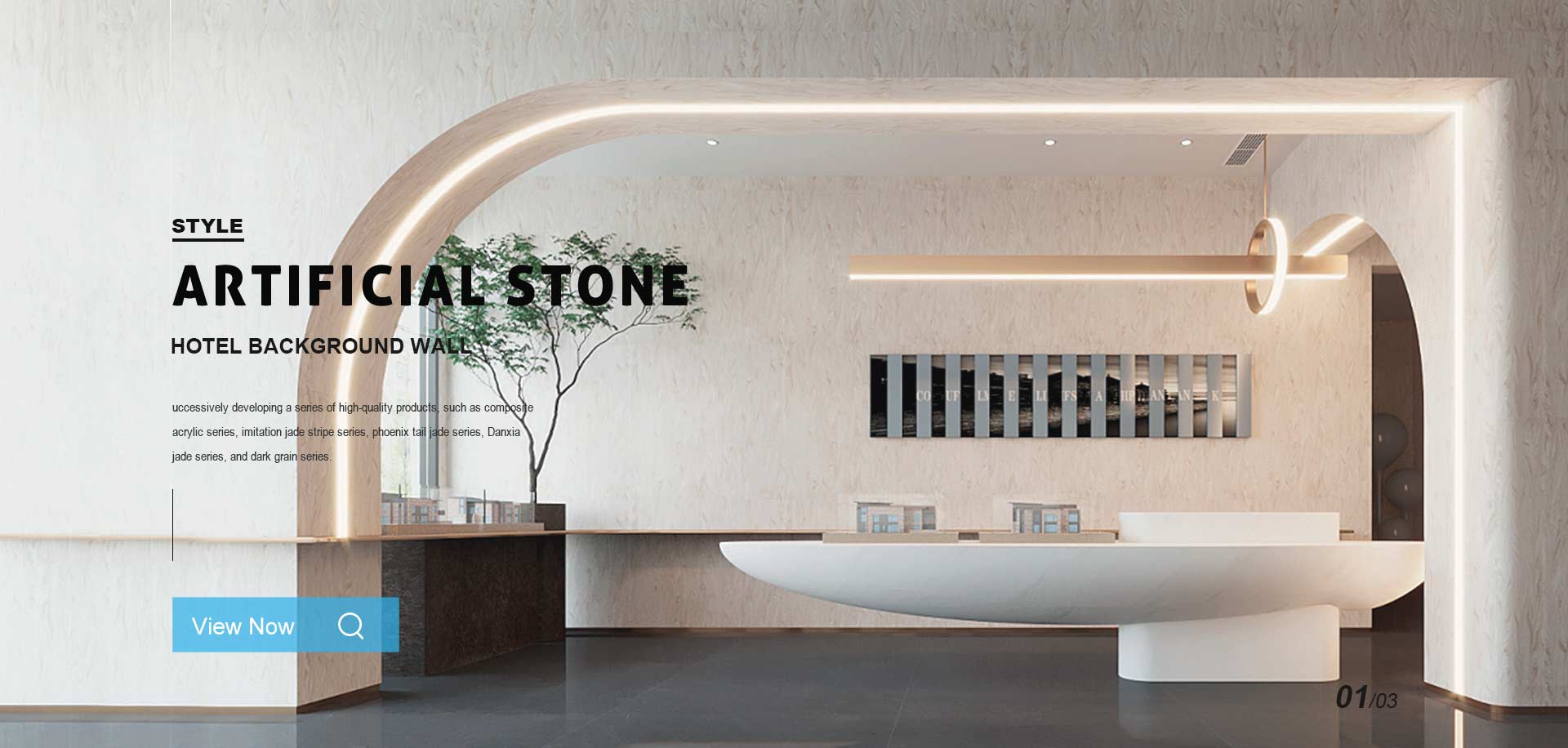In recent years, the world of kitchen design has been revolutionized by the advent of artificial countertops. These sleek, durable surfaces have rapidly gained popularity among homeowners, interior designers, and architects alike. Offering a blend of innovative materials and practical benefits, artificial countertops have become a staple in modern home aesthetics.
Material InnovationOne of the key driving forces behind the popularity of artificial countertops is the wide array of materials available. Engineered quartz, for instance, combines natural quartz with resin binders to create a surface that is both exceptionally durable and low-maintenance. This material offers a wide range of colors and patterns, mimicking the look of natural stone while providing enhanced resistance to stains and scratches.Similarly, solid surface countertops are crafted from acrylic and polyester blends, offering a seamless appearance that can be shaped and molded into virtually any design. These countertops are non-porous, making them resistant to bacteria and easy to clean—a significant advantage in kitchen environments where hygiene is paramount.
Design VersatilityArtificial countertops are celebrated for their versatility in design. Unlike natural stone, which is limited by its inherent characteristics, engineered materials can be manufactured to meet specific aesthetic preferences. From bold, monochromatic designs to intricate patterns that replicate the veining of marble, artificial





